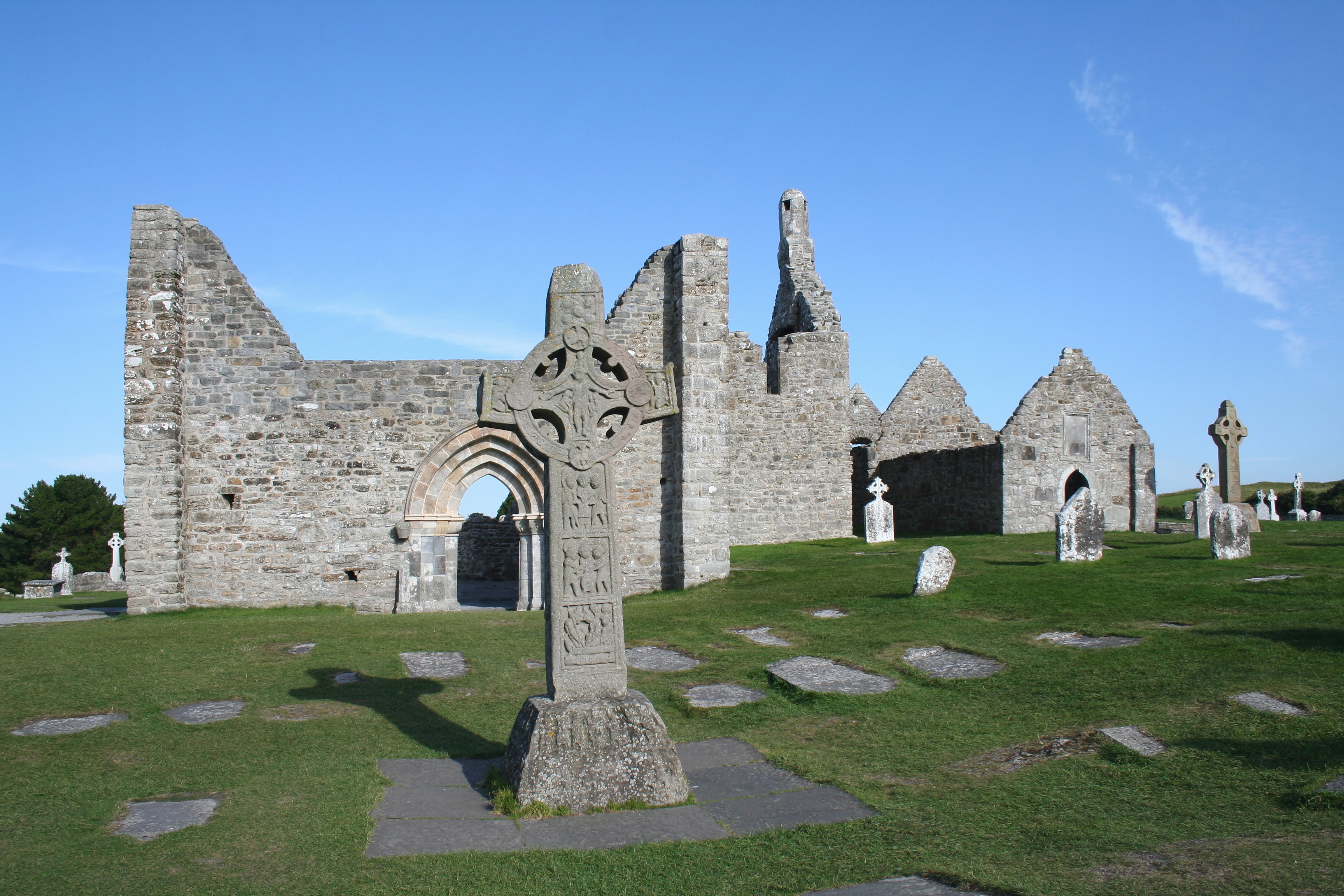Arrival Of Christianity
The history of modern Ireland started all the way back in the 5th century with the arrival of Christianity. St. Patrick arrived as a missionary to Ireland and proceeded to devote his life to converting the mainly Pagan people to Christianity. This had a huge impact and by the end of the 5th century a great many Irish people had converted to Christianity.
As a result of this influx of Christianity, monasteries would be built which would serve as centers of learning, art, and culture. Some of these monasteries can even still be seen today, such as Clonmacnoise (pictured below).

These monasteries and the learning that they provided thrust Ireland into what some call the "Golden Age" of Irish culture in the 6th and 7th centuries. The monasteries attracted students from all over Europe, allowing for the exchange of ideas and knowledge with people from many different places. The monks themselves are also a huge part of the culture at the time, as they are very well known for creating beautiful works of art and manuscripts with extremely intricate details.
One of these manuscripts that is extremely influential is The Book of Kells. It represents the merging of Christian religious themes with Ireland’s rich tradition of decorative arts. Irish monasteries became centers of not just learning but also craftsmanship, particularly in metalwork, illuminated manuscripts, and other artistic traditions.